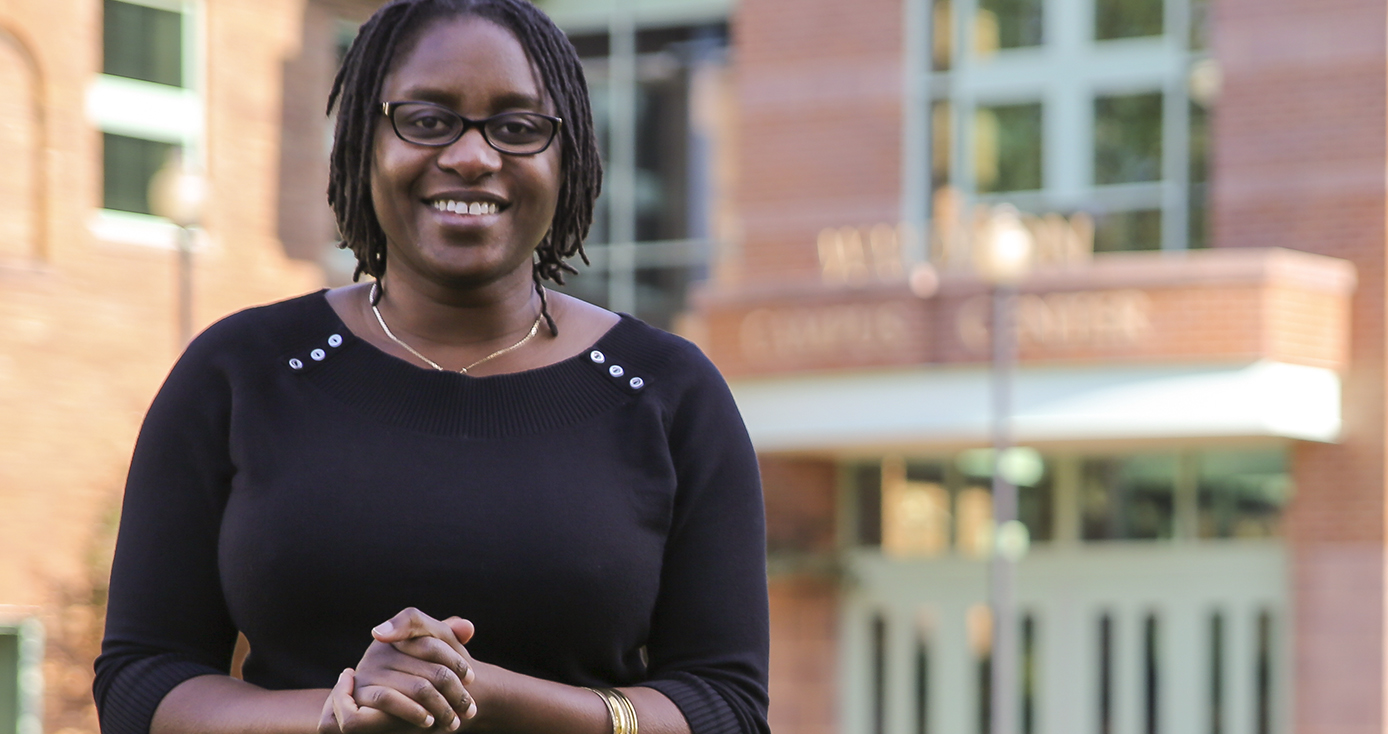
Subscribe to Pittwire Today
Get the most interesting and important stories from the University of Pittsburgh.Screen time: how to lessen the challenges of remote learning
Last week, students at the University of Pittsburgh and around the world shifted to a remote learning environment amid the COVID-19 pandemic. And while this may be a new routine for the majority, online learning has actually been on the rise for years.
“Trends in higher education show an increase in online learning with students expecting accelerated, modular learning opportunities,” said Tinukwa Boulder, director of innovative technologies and online learning in Pitt’s School of Education. “We will continue to see more of it in the future, without a doubt.”
Boulder was recently hired by Pitt Education to lead a strategy related to the design of online educational courses, the integration of innovative technologies and the development of online instructional design processes. In her career, she’s designed over 100 online and hybrid courses for multiple institutions, and during Pitt’s shift to remote learning, she’s serving as a key resource for School of Education faculty and staff.
During this time of adjustment for students and instructors alike, Boulder points to remedies to lessen the challenges of remote learning.
How to lessen its challenges
“The challenges associated with teaching and learning remotely haven’t changed, but the COVID-19 pandemic places additional pressures on the University community to juggle and manage family and caregiver commitments, learning and work while trying to isolate ourselves socially and physically,” said Boulder.
It may be especially difficult for students to navigate the remote learning environment if their typical learning experiences have been in traditional face-to-face classrooms, said Boulder. She added that students can benefit from prioritizing and managing the information they receive to help reduce cognitive and information overload—and added that creating alerts on their cell phones to remind them to check learning management systems like Blackboard and Canvas regularly, if it applies.
“Students should keep in contact with their instructors and communicate specific difficulties they are experiencing associated with remote learning,” said Boulder. She stressed that it’s important that instructor enables ways for students to ask questions and share their concerns—whether done privately or in the online classroom.
She also added that, for instructors, their experience can vary depending on their level of expertise with online teaching. During this crisis, Boulder said it’s “essential” for faculty to know where to get help and support when and where they need it.”
“The University and schools have communicated various ways that faculty can seek and obtain help. For instance, in the School of Education, a small team of faculty and I provided one-on-one and small group online consultation to help our faculty to put content online and use Blackboard and Canvas.”
Establishing social presence
Boulder recognized that limited personal connection remains one of the biggest challenges of remote learning—especially amid the COVID-19 global pandemic.
“The critical issue in any remote learning environment is social isolation, which is further compounded by the current crisis because we, as a society, now have to isolate ourselves physically,” said Boulder.
“In online learning, we talk about establishing social presence. And that’s vital during this pandemic because it helps to reduce the feeling of isolation that some may experience, and to promote a sense of connectedness among faculty and students.” said Boulder.
Boulder said that faculty and students can establish social presence by using tools like Zoom, online discussions within learning management systems like Blackboard and Canvas and group apps.
“Students also find it helpful to form study groups to connect with classmates through online messaging apps to alleviate stress, share ideas and ask questions. This creates a community of learning and reduces the sense of isolation.” She added that this is especially important for international students who are unable to be with their families during this crisis.
On their part, instructors can build in learning activities that encourage and motivate students to discuss and co-create the content, said Boulder, to foster a sense of community and collaboration.
Promoting Mindfulness
Many schools on Pitt’s campus, including the School of Education, are providing strategies that support the overall well-being and wellness of their communities.
“It’s important that students take a moment for themselves to relax, breathe and destress by meditating, going for a walk and other types of physical activity,” said Boulder.
“It’s a challenging time—but hopefully instructors and students can grow by learning and working in a new environment.
— Margo Shear Fischgrund


